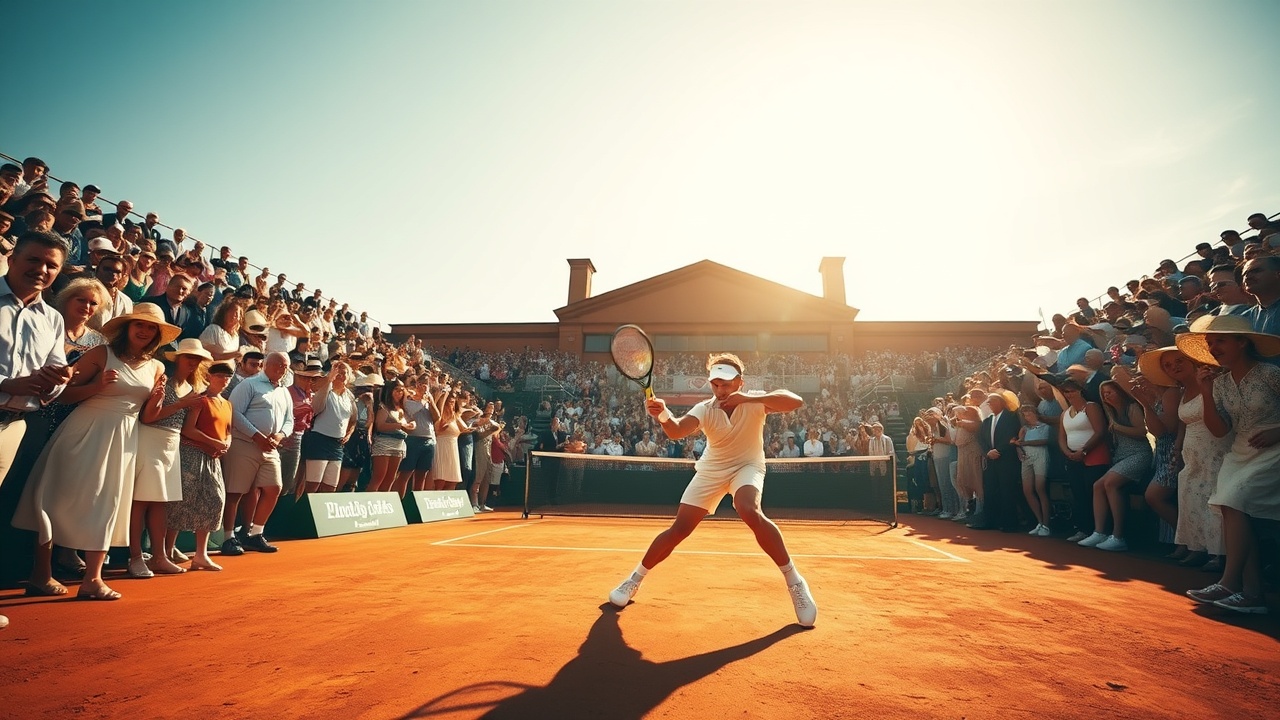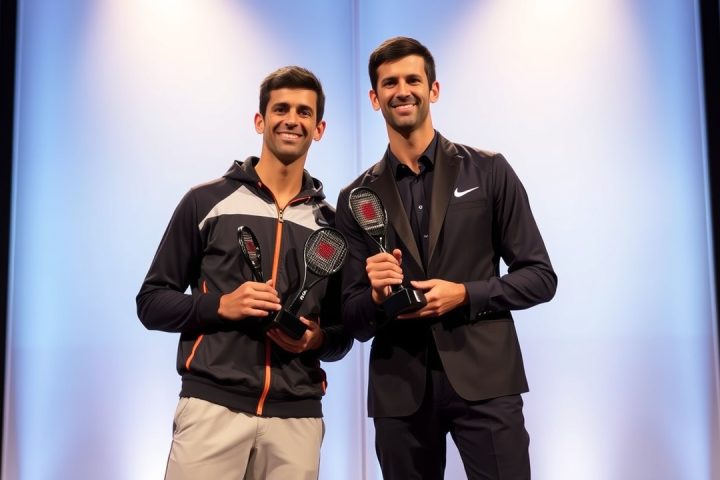Historic Achievement at the 2025 French Open
In a historic move for British tennis, the 2025 French Open has seen an uncommon achievement: three British men advancing to the third round of the singles tournament for the first time in nearly six decades. This breakthrough is marked by the participation of Jack Draper, Jacob Fearnley, and Cameron Norrie, who will guarantee at least one Briton in the fourth round, a feat not witnessed since 2017.
Key Matches and Progress
On Thursday night, Draper triumphed over French star Gael Monfils in a gripping match, while Norrie overcame Argentine Federico Gomez. Fearnley advanced when Ugo Humbert, his French opponent, withdrew due to injury.
Shifting Dynamics in British Tennis
This year’s performance stands out against a backdrop of British struggle on clay since the 1968 Open era, aside from the notable exception of former world number one Andy Murray. The changing tide could be attributed to enhanced training on clay surfaces, traditionally challenging for British players who have had limited exposure compared to their European and South American counterparts. Annabel Croft, a former British number one, likened the adjustment to clay to playing a different sport altogether, as the surface demands a strategic mentality shift and points are constructed differently compared to grass.
Investments in Infrastructure
However, improvements in British tennis infrastructure are beginning to make a difference. Although there are only about 1,300 clay courts in the UK, representing roughly 5% of all courts, the Lawn Tennis Association (LTA) has been proactive in building more facilities to help young talent. They opened four clay courts specifically designed to mimic those used at the Monte Carlo Masters, and they’re forging partnerships with training centers in Spain, allowing young players to gain valuable experience.
Building Competitive Spirits
Both Norrie and Fearnley sharpened their skills while studying at Texas Christian University in the U.S., where they could hone their competitive spirit on a challenging circuit. This environment helped cultivate a resilient mindset, essential for navigating the rigors of clay. Russell Fuller, a tennis correspondent with BBC, highlighted Norrie’s influence as an inspiration for Fearnley and his peers, noting the opportunity they had to practice alongside him as he carved out a successful ATP career.
Mastering Clay Techniques
As the French Open progresses, key factors for success on clay include mastering techniques like sliding, which enhances defensive and offensive play. Fearnley himself noted that adapting to this critical movement has been a learning curve since its emphasis in 2017. Maintaining peak fitness levels is also paramount, a strength reflected in Draper, Fearnley, and Norrie’s performances thus far. They must all adopt different ball-hitting techniques to effectively compete, a skill exemplified by the notable heavy topspin of Rafael Nadal‘s signature forehand, which pushes opponents back and opens opportunities for winners.
Looking Forward
With this newfound success, British men may be positioning themselves to shift the narrative around their capabilities on clay, marking an exciting chapter in their tennis legacy as the tournament unfolds.




